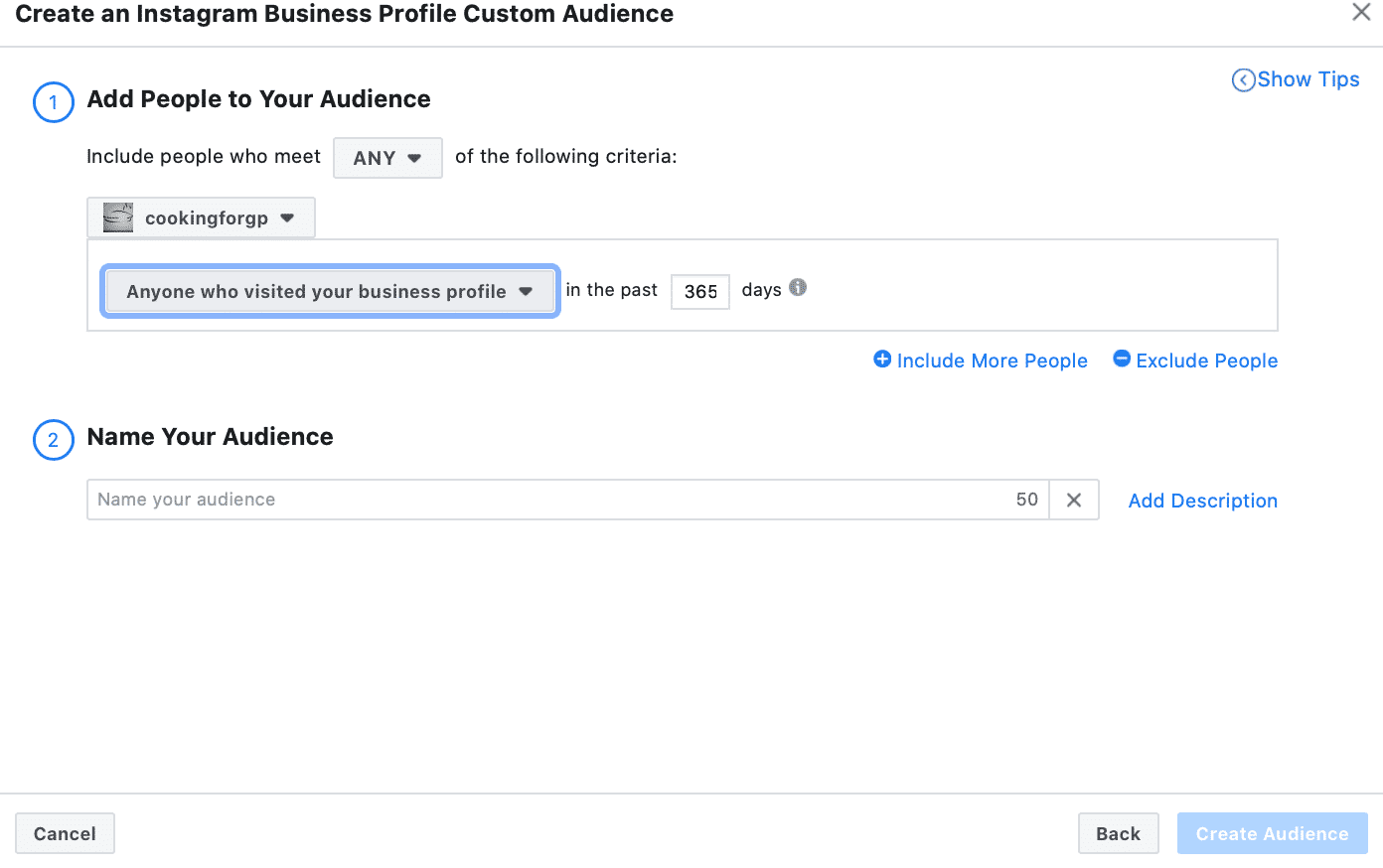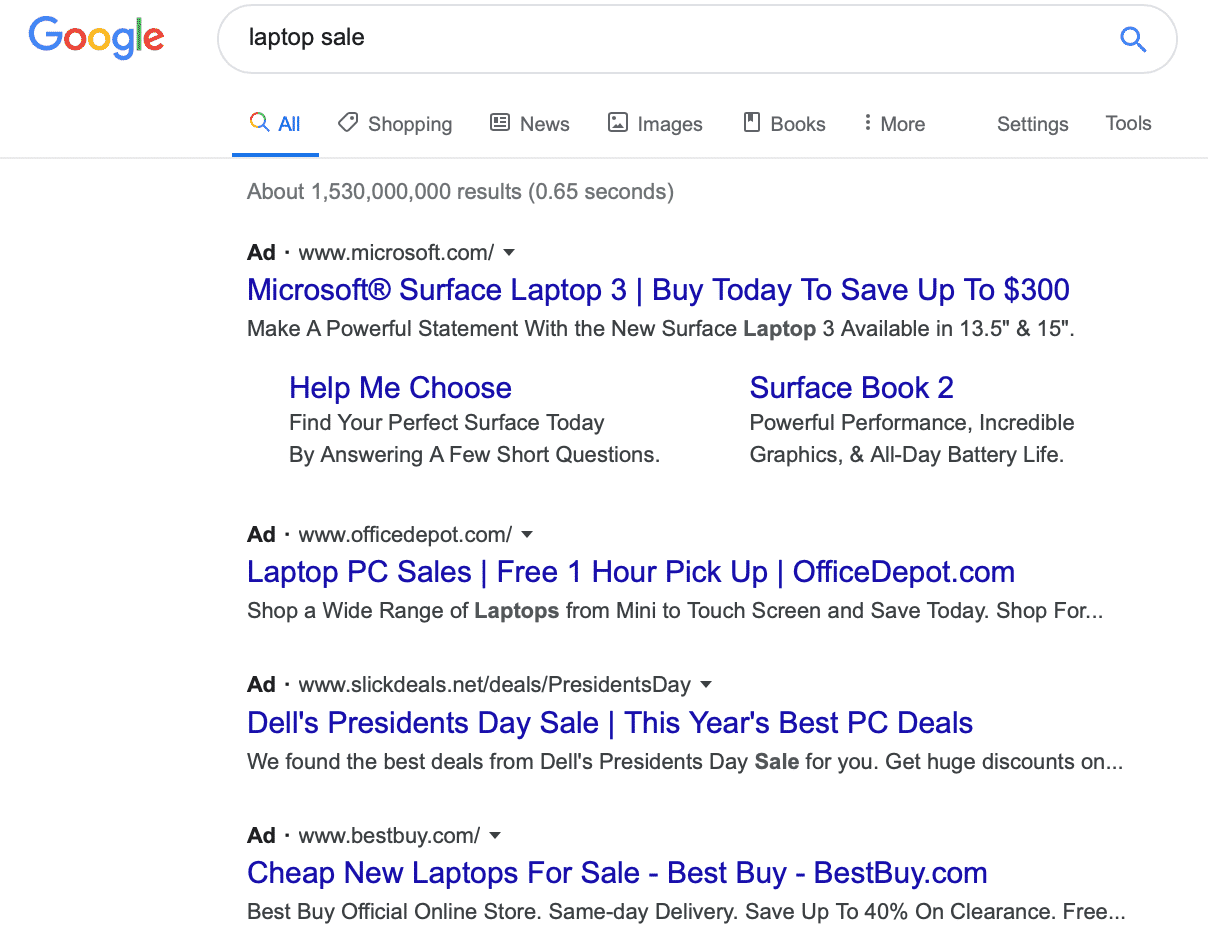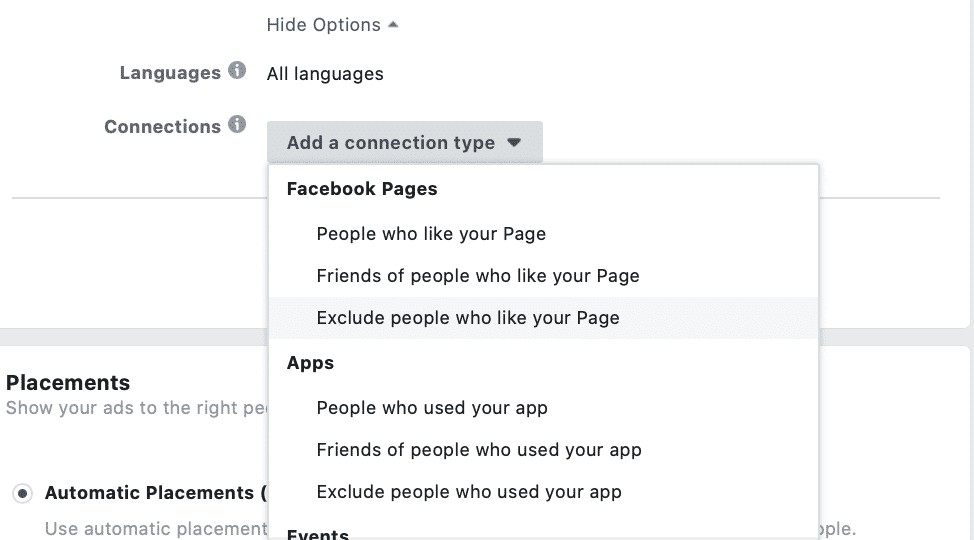6 Ways to Maximize Your PPC Budget in 2020
by Ana Gotter • February 13, 2020
Every dollar you put towards ad spend is precious because every single dollar could ideally help you reach, connect with, and convert members of your target audience.
In an ideal world, we’d all have unlimited budgets that allowed us to run exhaustive tests and create high-bid campaigns for every single audience and keyword combination we can think of. Even for businesses with tens of thousands of dollars per month in available ad spend, though, that’s just not the case.
As a result, it’s important to know exactly how to make every ad dollar stretch as far as it can by maximizing your PPC budget. You can do this by prioritizing certain campaigns, choosing low-cost platforms, and focusing on the campaigns that will be the most valuable and profitable.
Let’s take a look at 6 effective ways to maximize your PPC budget in 2020 so that you get the most out of it as possible.
1. Prioritize Low-Cost, High-Reward Campaigns
This is a hard balance to strike. How do you create campaigns that are both relatively low-cost (specifically in terms of low cost-per-action) and also high converting? That being said, when you want to optimize your budget, prioritizing campaigns that offer the highest return on ad spend (ROAS) possible is a great strategy.
The higher your ROAS is, the better your profit margins. This benefits you most financially, and it gives you more money that you can reinvest back into your campaigns. And the lower the cost-per-action is, the more actions you can afford to pay for.
When evaluating your campaigns here, however, don’t just look at the cost in and of itself—it’s essential to make sure that you’re seeing decent return rates. If you’ve got a campaign that’s getting $1.50 clicks when you’re averaging $5 clicks overall…but those other campaigns are converting 15x more, the $1.50 click campaign is not the right one to prioritize.
It’s also important to look at how your campaigns are working together in a funnel. If you’re using a Facebook Ad video to build awareness with cold audiences, and then you’re retargeting with lead gen ads, you don’t want to cancel out that first campaign just because it isn’t driving immediate conversions itself. It’s a valuable part of the funnel, and you need it to get to steps 2 and then 3 (conversion). Look at the overall picture.
2. Leverage Retargeting
Retargeting is an effective way to maximize your budget in several ways.
First, retargeting campaigns allow you to reach warm, already-familiar-with-you audiences who are more likely to convert than cold audiences. This increases your ad relevance and your overall conversion rate for each campaign, which is a positive.

Retargeting also ensures that you aren’t letting any potential customers slip through the cracks by not reaching them again at a crucial point. Most customers won’t be ready to purchase the first time they see an ad or hear from your brand. They’ll need to see multiple campaigns that resonate with them.
When you run successful retargeting campaigns, you’ll increase the success of your campaigns overall, ensuring early ad spend on those initial campaigns didn’t go to waste.
You can use retargeting across multiple platforms, setting up complex and highly effective ad funnels. You can also use cross-platform retargeting to reach diverse audiences.
You could, for example, run a Google Ad campaign to show relevant audiences your incredibly comfortable, machine-washable, dog-proof throw pillows. People see it, think it’s interesting, but aren’t ready to convert, so you can show all users who visited your landing page a video ad on Facebook explaining the benefits, and an ad on Google’s Display Network to keep them engaged until they are ready to purchase.
3. Invest in Lower-Cost Ad Platforms
Some platforms cost more than others, meaning that they can offer great results at a lower cost. If you want to get the most out of your budget, consider putting some of your ad spend towards lower-cost platforms (as long as it’s still benefiting your campaigns).
Bing Ads, for example, has incredible reach but costs significantly less than Google Ads, coming out around 33.5% cheaper while still delivering consistently good results.
Similarly, some businesses are able to reach audiences for cheaper with social ads than they are with search ads, though it’s important to consider that search ads may help you connect more immediately with higher-intent audiences.
In this case, it’s best to test out different platforms to see what works best for your particular audience and industry, and costs can vary significantly depending on your ad funnels, your audience, and the products or services that you’re promoting. Start with a few consistent campaigns on Google Ads, Bing Ads, and Facebook and Instagram Ads. Ecommerce businesses should also test Promoted Pins while B2B businesses should incorporate LinkedIn campaigns.
4. Bid More On High-Value Keywords
For search ad platforms like Google Ads and Bing Ads, keywords are a major component in your ad campaigns. They’ll determine what searches you appear in, and different keywords each have their own levels of effectiveness in terms of driving conversions. As a result, many keywords have different average CPCs, which can require different bids if you want to stay competitive.
Adjusting your bids for each keyword group will help you maximize your budget overall, allowing you to pay more for high-value, high-intent keywords that are most likely to yield strong results.

Someone searching for the keyword, “how much does moving cost?” may only be in the early research stages of hiring a moving company like yours. They’re not ready to book, they’re just considering it…or they might even be curious. While you don’t want to neglect these users entirely, it makes more sense to bid more on keywords like “local moving company” or “licensed moving company,” which are more high-intent and likely to be used by individuals looking to hire someone quickly.
Keep an eye on your campaigns, and watch for keywords that have a higher-than-average tendency to drive immediate conversions. You should bid more on those campaigns and those keywords, allowing you to hopefully gain more of the impression share or at least rank higher overall in your placements.
5. Eliminate Irrelevant Placements
Irrelevant placements can be a huge waste of money, especially if your ads drive clicks that will never lead to conversion.
If someone is searching for “laptop sale” and they click your ad promising great deals on laptop and PC sales, that doesn’t mean it’s automatically a good fit. Maybe they want an Apple and you can only have sales on Dells or Microsoft computers, and at that point, you’ve paid for a wasted click.
In some cases, if they’re searching for “apple laptop sale,” they could still end up seeing your ad. That’s where careful targeting and working to eliminate irrelevant placements comes into play.

Negative keywords let you add “apple laptop” to a list of searches that you wouldn’t want to appear in, increasing the likelihood that your ads will be shown only to users who might actually convert.
Location targeting is another great way to narrow down the audience seeing your campaigns. While some brands work on national or international levels, there are plenty who have some sort of geographic restrictions. A local electrician isn’t going to want to reach customers three states over, for example, so ensuring that only potential clients within a certain radius would help increase the relevance of their ad placements.
There is exclusionary targeting available on multiple platforms that you can consider. On Facebook, for example, you can choose to exclude users from seeing your ad if they’re already connected to your Page.

You may want to do this when promoting new sales to cool audiences who haven’t converted yet or when you’re running brand awareness campaigns.
6. Manage Your Campaigns Carefully
Closely monitoring your PPC campaigns is going to be a key factor in maximizing your PPC budget in 2020.
You should be regularly running A/B tests to gain insight into what specific elements of your campaigns are working to help you reach your goals. Careful assessment of your campaigns will help you notice trends earlier, and it will also help you spot any major changes that happen to existing campaigns.
The performance of your PPC campaigns could fluctuate suddenly on any platform due to a number of different factors, including changes in the online marketplace, shifts in consumer behavior, even an update to the platform’s algorithm. If you’re watching your campaign data closely, you’ll be able to adapt quickly. You won’t risk wasting ad spend, and you’ll immediately be able to funnel your budget to where it will be most profitable. And then, if something were to dip again, you’d be ready for it.
Final Thoughts
When a few dollars or less could earn you a click that could turn into a customer that purchases not only once but multiple times over, it’s easy to see why every penny you put into your marketing budget matters. If you’re optimizing your budget correctly, you can garner significantly more success while paying less. This is key to running profitable, scalable campaigns that will help your business thrive, so it shouldn’t be something that goes overlooked.
Need help maximizing your PPC budget in 2020 so that you can get the most out of your ad spend? Learn more about what we can do for you here!
What do you think? Which strategies do you use to maximize your PPC budget? What tips have been most effective for you so far in 2020? Share your thoughts and questions in the comments below!




